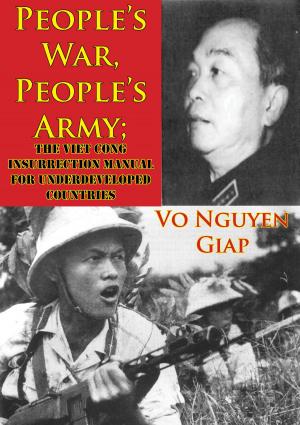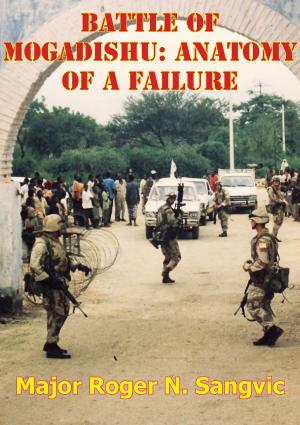Soviet Actions In Afghanistan And Initiative At The Tactical Level: Are There Implications For The US Army?
Nonfiction, History, Middle East, Persian Gulf War, Military| Author: | Major John D. Frketic | ISBN: | 9781786253088 |
| Publisher: | Tannenberg Publishing | Publication: | November 6, 2015 |
| Imprint: | Tannenberg Publishing | Language: | English |
| Author: | Major John D. Frketic |
| ISBN: | 9781786253088 |
| Publisher: | Tannenberg Publishing |
| Publication: | November 6, 2015 |
| Imprint: | Tannenberg Publishing |
| Language: | English |
This monograph examines the Soviet experience in Afghanistan (1979-1988) in terms of Soviet Army tactics and organization for combat. Throughout the decade of the 1970’s, U.S. perceptions of Soviet ground force tactics stressed a general lack of initiative and flexibility in their military doctrine. In the 1980’s a re-evaluation of Soviet thinking occurred which saw greater flexibility at the operational and strategic levels If the experience in Afghanistan has shown that set-piece tactics will not work in all types of warfare, and the Soviets are able to incorporate higher levels of initiative and flexibility into their tactical doctrine, then the U.S. may be required to refocus its training away from the stylized Soviet enemy.
This study begins with a background discussion of Soviet historical involvement in Afghanistan to include counter-insurgency experience in their southwestern border area. It then covers the actual invasion and units employed with emphasis on their pre-deployment status and subsequent performance. The following section divides the war into four phases to ease understanding. The monograph subsequently looks at lessons learned and principles reaffirmed from both the Soviet and U.S. perspective. A key feature is the need the Soviets apparently feel for Western style initiative and flexibility at lower command levels (battalion, company and platoon), and how this is inconsistent with their culture and system of command and control.
This monograph examines the Soviet experience in Afghanistan (1979-1988) in terms of Soviet Army tactics and organization for combat. Throughout the decade of the 1970’s, U.S. perceptions of Soviet ground force tactics stressed a general lack of initiative and flexibility in their military doctrine. In the 1980’s a re-evaluation of Soviet thinking occurred which saw greater flexibility at the operational and strategic levels If the experience in Afghanistan has shown that set-piece tactics will not work in all types of warfare, and the Soviets are able to incorporate higher levels of initiative and flexibility into their tactical doctrine, then the U.S. may be required to refocus its training away from the stylized Soviet enemy.
This study begins with a background discussion of Soviet historical involvement in Afghanistan to include counter-insurgency experience in their southwestern border area. It then covers the actual invasion and units employed with emphasis on their pre-deployment status and subsequent performance. The following section divides the war into four phases to ease understanding. The monograph subsequently looks at lessons learned and principles reaffirmed from both the Soviet and U.S. perspective. A key feature is the need the Soviets apparently feel for Western style initiative and flexibility at lower command levels (battalion, company and platoon), and how this is inconsistent with their culture and system of command and control.



![Cover of the book My Clan Against The World: US And Coalition Forces In Somalia, 1992-1994 [Illustrated Edition] by Major John D. Frketic](https://www.kuoky.com/images/2014/august/300x300/9781782896623-Rw2c_300x.jpg)









![Cover of the book Billy Mitchell: Stormy Petrel Of The Air [Illustrated Edition] by Major John D. Frketic](https://www.kuoky.com/images/2015/november/300x300/9781786252463-h6c3_300x.jpg)

